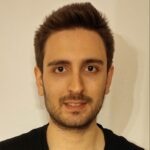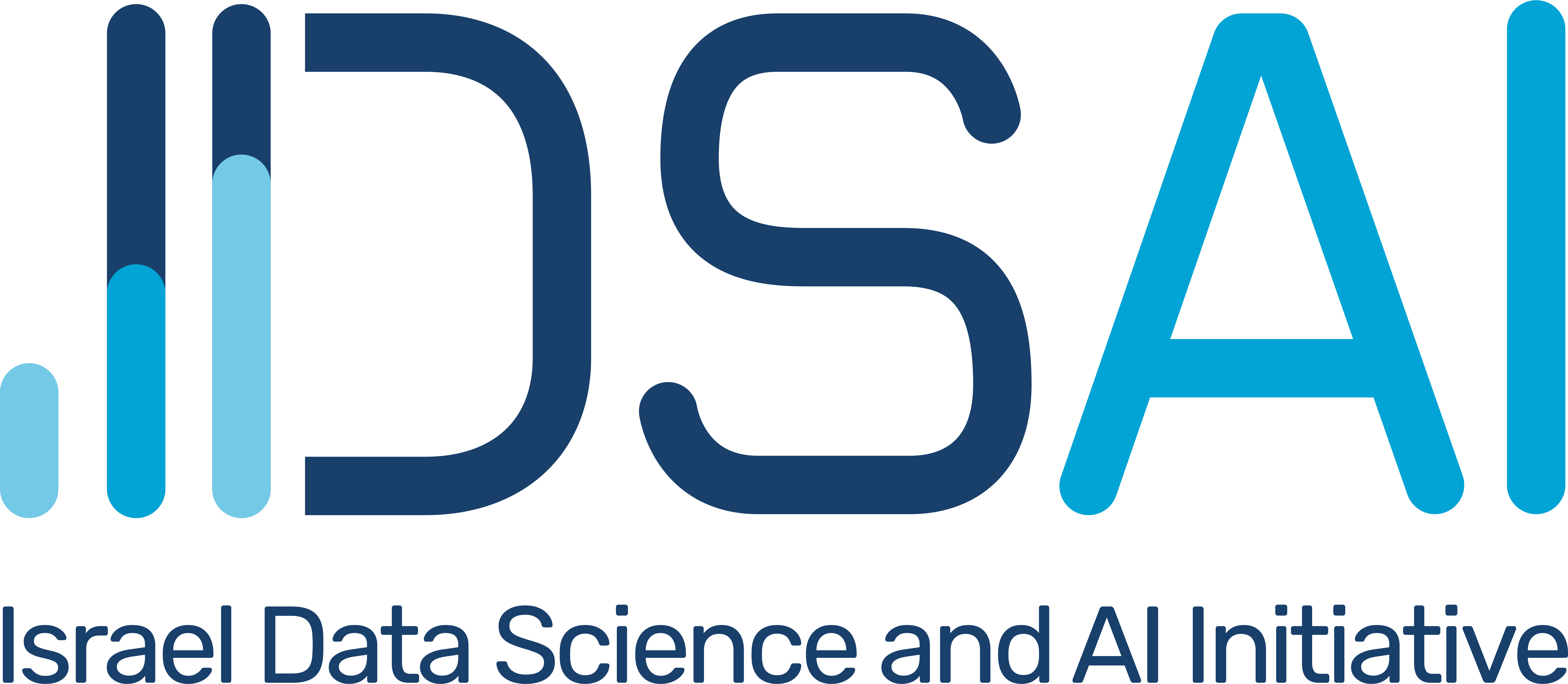
Tamar Yovell, The Hebrew university of Jerusalem
Meet Tamar Yovell. Tamar is a BA Student from The Hebrew university of Jerusalem. Tamar traveled to Germany on 23/08/2021 to The Helmholtz-Zentrum Dresden-Rossendorf (HZDR) and worked with Dr. Attila Cangi on a project named Development of a Surrogate Model for Matter under Extreme Conditions. Feel free to contact Tamar for more questions tamaryovell@gmail.com
I will very likely recommend the program to friends and colleagues
Itay Buchnik, Ben Gurion University
Meet Itay Buchnik. Itay is a MSc Student from Ben Gurion University. Itay worked remotely on a project named Predicting cognitive performance from brain images, with Prof. Svenja Caspers, from FZ-Juelich. Itay started working with Svenja on 30/08/2021 and spent about 6 weeks working on the project . Feel free to contact Itay for more questions itay.buchnik@gmail.com

Explain what you did during the exchange. What have you experienced? Building Deep Learning Architectures for the input of static functional connectivity data, trying to predict cognitive behavior in a regression task
What is your take home message from the exchange? Its amazing how the tools of data science can allow you to jump into a new field- ” neuroscience” without any previous knowledge
Corona has made it difficult to participate in exchange programs this year. What motivated you to apply anyway? The will to have hands on experience in this field
What did a typical day of working together look like? Working remotely, two meetings a week. One with the mentors and one with the whole lab team
How will your new contacts help you in your future work? Thinking maybe doing my PHD over there.
I will very likely recommend the program to friends and colleagues

Tomer Fried, The Hebrew university of Jerusalem
Meet Tomer Fried. Tomer is a BA Student from The Hebrew university of Jerusalem. Tomer traveled to Germany on 21/08/2021 to The Helmholtz Centre for Materials and Coastal Research (HZG) and worked with Dr. Martin Held on a project named Image processing & segmentation for machine learning evaluation. Feel free to contact Tomer for more questions tomer.fried@mail.huji.ac.il
Explain what you did during the exchange. What have you experienced? We wanted to answer what are the factors for the symmetry of polymer membranes. using ML. Mostly I did image processing, creation of a dataset, and implementation of deep learning model.
What role has DS played in your research so far? The whole project was directed to implement a DS model in the end, which actually happened with deep learning. I went through the whole process of getting data, cleaning it and preprocessing it, implementing ML on it, and finally explaining the results.
What did a typical day at your host center look like? I went everyday to the institute and worked in the membranes department. From time to time I consulted with experts and colleagues and once a week I had a meeting with the guides
Did you work in a new research domain during your exchange? If so, to what extent were the DS methods you had previously worked with transferable? I was the first one doing ML in many departments in the institute. Since a lot of data was collected, I could work with it well and would advise more interns like me in the future to participate in it. Still, improvements in the way of collection of the data should be, and I advised them about it, in detail.
What were the most important things (methods/contents/devices) you learned during your time at the host center? What general insights did you gain? Working in a team of experts is very fruitful and creative, and can lead to splendid research. Also I got the sense of a whole project of data science, from bottom to top, which helps me to make decisions about my future career. Technically, I got many experience with Python, OpenCV, Pandas and Numpy
How will your new contacts help you in your future work? I believe They can help me to get into a job in the field in Europe, especially Germany
I will very likely recommend the program to friends and colleagues
Snir Vitrack Tamam, Ben Gurion University
Meet Snir Vitrack Tamam. Snir is a MSc Student from Ben Gurion University. Snir worked remotely on a project named Predicting cognitive performance from brain images, with Prof. Svenja Caspers, from FZ-Juelich. Snir started working with Svenja on 23/08/2021 and spent about 6 weeks working on the project . Feel free to contact Snir for more questions snirvt@gmail.com

Explain what you did during the exchange. What have you experienced? I tried various machine & deep learning techniques to predict cognitive performance.
What is your take home message from the exchange? I understand better the study of the brain. I got to learn and use the Pytorch deep learning library.
Corona has made it difficult to participate in exchange programs this year. What motivated you to apply anyway? Actually, working remotely is easier for me.
What role has DS played in your research so far? I knew how to work with data, and i somewhat understand the tradeoffs of the different approaches.
Did you work in a new research domain during your exchange? If so, to what extent were the DS methods you had previously worked with transferable? Usually my data is not a sequence of information, so I had to build models that take into account the time dimension such as LSTM and GRU.
What were the most important things (methods/contents/devices) you learned during your time at the host center? What general insights did you gain? Noise Removal is very important. Keeping up a lab journal helps.
How will your new contacts help you in your future work? Now I understand better how to work with sequence data, and of course brain data (fmri)
I will very likely recommend the program to friends and colleagues
Roey Magen, Ben Gurion University
Read also the story of Roey Magen, MSc Student from Ben Gurion University. Roey traveled to The Institute of Data Science in Jena (DLR) on August 2021 and worked onsite with Dr. Thomas Heinze on a project named Software vulnerability detection using deep learning.
